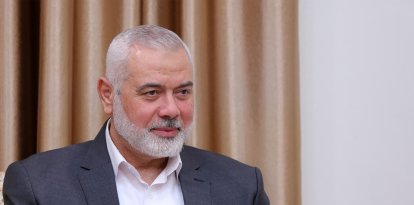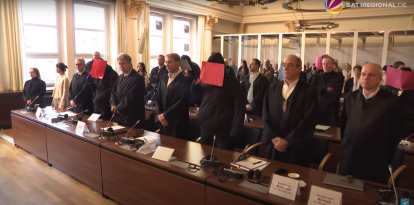Japanese Fumihiko Maki, architect of one of the towers at Ground Zero in New York, dies
He was one of the founders of metabolism, an avant-garde movement in the 1960s that conceived of buildings as living organisms.

(Cordon Press)
The Japanese architect Fumihiko Maki, laureate of the prestigious Pritzker Prize in 1993 and designer of one of the towers of the new World Trade Center in New York, has died last week at the age of 95, his agency announced in a statement on Wednesday.
Maki was one of the founders of metabolism, a Japanese avant-garde architecture movement of the 1960s that conceived of buildings as living organisms with structures that integrated harmoniously into the urban environment, but could also be replaced and modular like cells.
Maki combined the styles of Japan and the West
Born in Tokyo on September 6, 1928, Fumihiko Maki learned in Japan from Kenzo Tange, a great master of post-war Japanese architecture and greatly influenced by Le Corbusier. He continued his training in the United States, where he began his professional career in the 1950s as an architect and teacher.
Back to Tokyo in 1965, he founded his own architecture firm, Maki and Associates, which he himself defined as his "most significant creative project. It is still a work perpetually in progress, constantly evolving, adopting new ideas with the passage of time, thus ensuring its perpetuity," says a statement of his collected in the death notice disclosed by the study.
Among his many creations around the world is one of the office towers that make up the new World Trade Center complex in New York, rebuilt after the September 11, 2001 attacks on the Twin Towers.

























